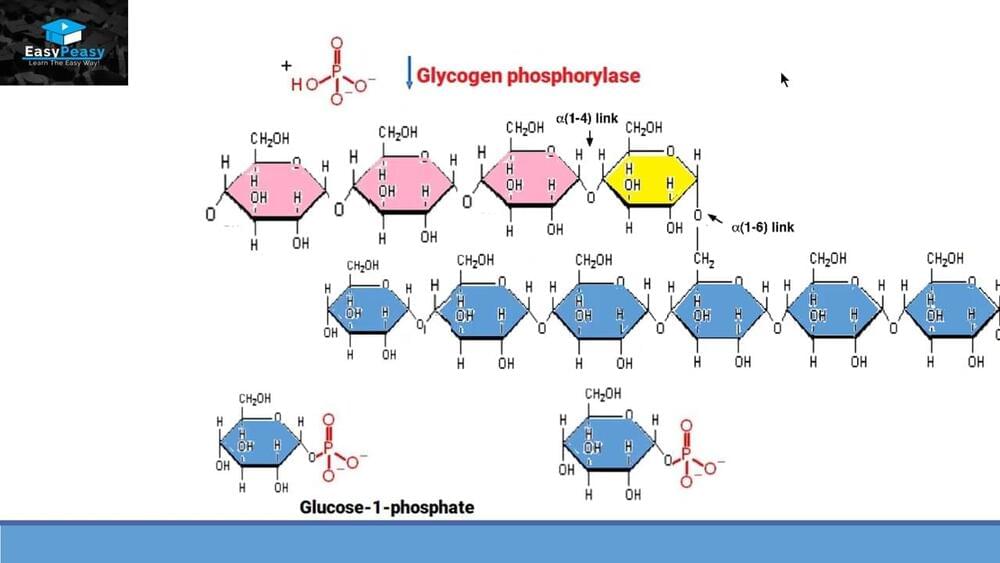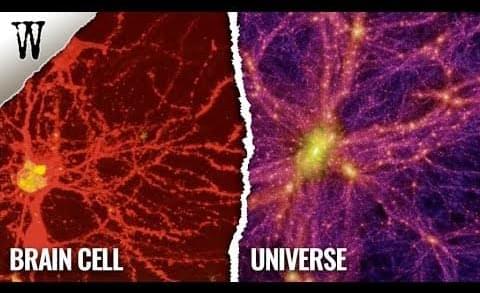Why do some people love Impressionist paintings like Claude Monet’s “Water Lilies” (1906) while others can’t understand the hype? The question of aesthetic taste has stumped scholars for centuries. Now, neuroscientists at the California Institute of Technology (CalTech) say they have come closer to decoding how the brain decides which artworks it deems good or attractive.
In a study published in the scientific journal Nature Communications, CalTech Professor John O’Doherty and other researchers propose that the mind creates an opinion of an artwork after dissecting it into discrete elements. Basic features, such as color and texture, and complex qualities, like style, are ranked and weighed individually to make a judgment.









